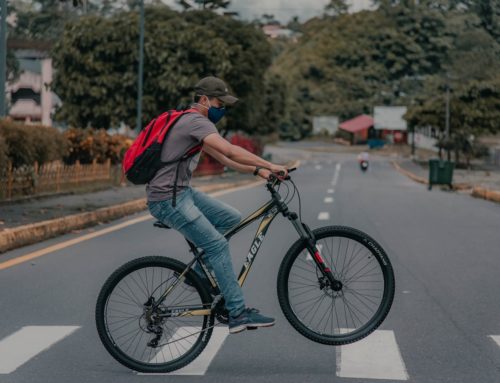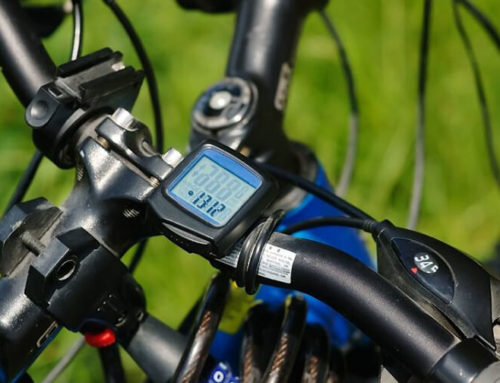No matter what type of bike riding you are onto, think about the safety of your head first. It is really easy for the doctor to fix a broken leg or hand than fixing a deadly head injury. A great bike helmet is your only safeguard against such head injury.
You indeed have to consider a lot of factors while picking your helmet. Bike safety technology is rapidly changing and no matter how experienced biker you are – there is always something new to learn for every biker.
Have you heard the MIPS technology in a bike helmet? If no, you should! If you are new or think you should know the latest standards, pay attention to what I am about to tell you on how to pick the right helmet.
Most Updated Bike Helmet Buying Guide
Should it be expensive? Well, it’s not always true your helmet has to be expensive but don’t forget there is a direct relationship between quality and price. You can’t go cheap when it comes to ensuring the safety of your head! Check the following issues seriously:
- Latest Technology
As I said above, MIPS technology is the latest in the helmet industry. The Multi-Directional Impact Protection System (MIPS) offers more head protection than traditional helmets. It tremendously reduces the rotational force that would otherwise give you a head concussion. Click here to learn more about helmets featuring MIPS technology.
As rotational force is primarily responsible for concussion, it’s simply foolish not to have one. The Consumer Reports have conducted an experiment where they found the MIPS helmet can reduce the rotational force by up to 43% than their non-MIPS counterparts.
- Safety Standards
Modern helmets meet both the U.S. and E.U.’s helmet safety standards. This is obvious. However, you should check it yourself first because there are a lot of counterfeit products out there.
When you see a helmet having a label saying it meets the U.S. safety standards, that means it is tested for its overall construction quality, shock absorption capacity, chin strap, and retention system qualities.
If you are in the U.S., look for the U.S. CPSC sticker. If not, look for the ASTM F1447 standard that offers the same. SNELL certification is the best that represent the tough helmets out there. But it is rarely available and overkill for most of the riders.
- Type
There road and urban cycling helmets, full-face helmets and mountain biking helmets. Which type serves your purpose best? This is something you have to think about first. You can’t go mountain biking wearing a road/urban helmet. If you do the opposite, you will look ridiculous and not to mention – NOT SAFE! So, selecting the right type is very important.
- Ventilation
Important to keep your head cool during the summertime riding. Among any helmets, bike helmets have greater ventilation. There are a lot of vents in such helmets. While the front vents let the cool air to in; the vents located at the back of the helmet let the heat escape.
But I would like to mention a limitation of ventilation. More vents mean the helmet is lighter and cooler, but it also means the helmet is not so sturdy; hence offers fewer protections.
- Weight
If you are onto race biking or often do long-distance ride, you want a lightweight helmet. The heavyweight helmet will make you slow and uncomfortable. You will have neck pain too. So, you want a lightweight helmet but at the same time a sturdy one too. The lightweight but flimsy helmet is never recommended.
- Padding
Around the inside of the helmet, every bike helmet features padding to make it comfortable for your head. It also helps to have a snug fit. What important for you to check is that make sure these pads are removable. I have found some brands offer extra pads to help you achieve greater fit.
- Fit
Spend a lot of time to find the perfect size for your head. Even a little big or small size won’t provide you a snug fit. And if it does not offer a snug fit, it won’t provide the ultimate protection when you need it most.
However, almost all the prominent brands feature a retention system for their helmets to have a custom fit. Make sure your helmet has that retention system. Follow the following points to have the perfect fit:
- The soft pads alone inside the helmet should give you a great fit even before you tighten the straps.
- Select the close size that gives you a comfortable fit. You do not want it to make uncomfortably tight. You can always have the sizing pads to fine-tune the fit later.
- Now, look at the mirror whether the straps make a V shape right under and a little forward of your earlobe.
Special Problems
Sadly, the shape of our head is not unique. Depending on the shape of your head, you may have to work a little extra with the fitting pads and straps.
Whereas extra small heads require extra fitting pads; the extra-large heads should always go for the XXL size helmets. If you are bald, you do not want to have the helmet with big vents to avoid tan lines on your head
A Little Note About Bike Helmet
So, after a lot of careful examination, let’s say you have found the right one. How long will it last? When you should you replace it? Usually, a good-quality helmet will last for at least 5 years if no accidents happen.
However, you have to get a new one if the existing one is damaged by the accidents. Even if you don’t notice any visible damage to the helmet, I would strongly recommend to replace it.
Conclusion
The Insurance Institute for Highway Safety revealed a data showing most death due to bicycle accidents are linked to the head injuries. So, if you can protect your head, the chance of being alive will be much higher. That shows how important it is to wear a bike helmet.
But choosing the right helmet is equally important. I strongly believe the above guide will help a lot to pick the right one.





